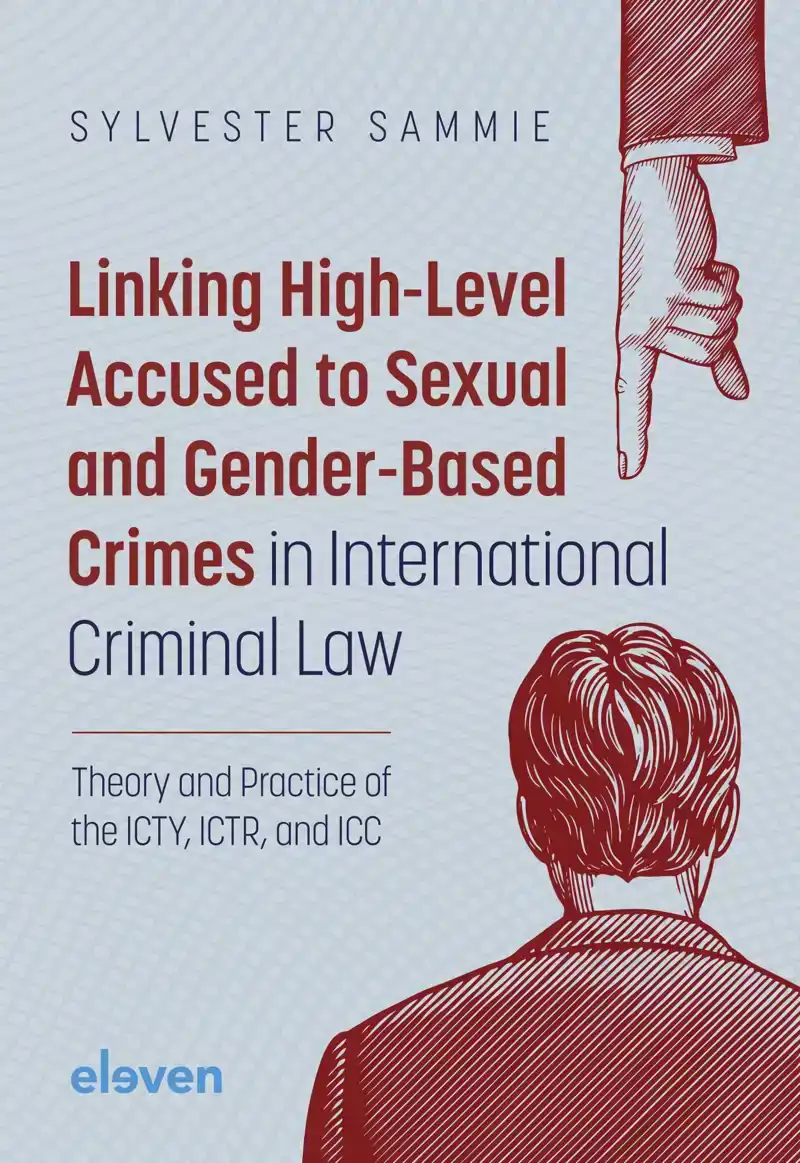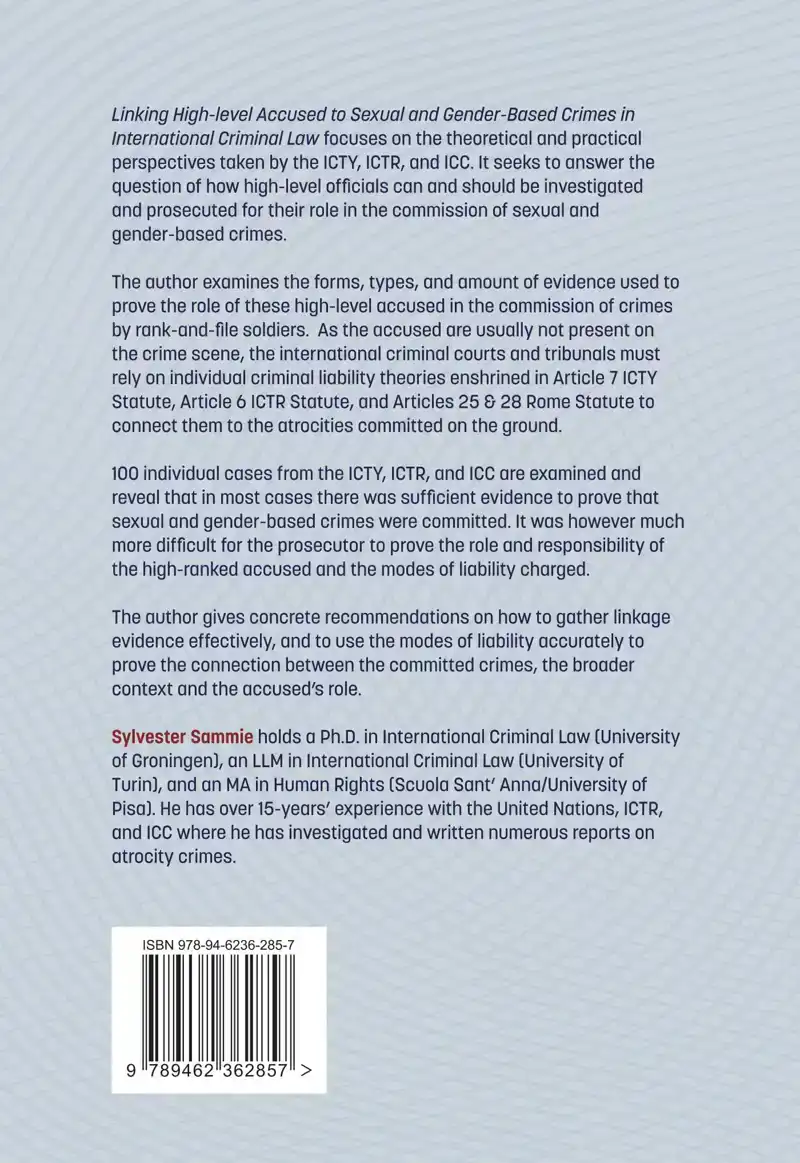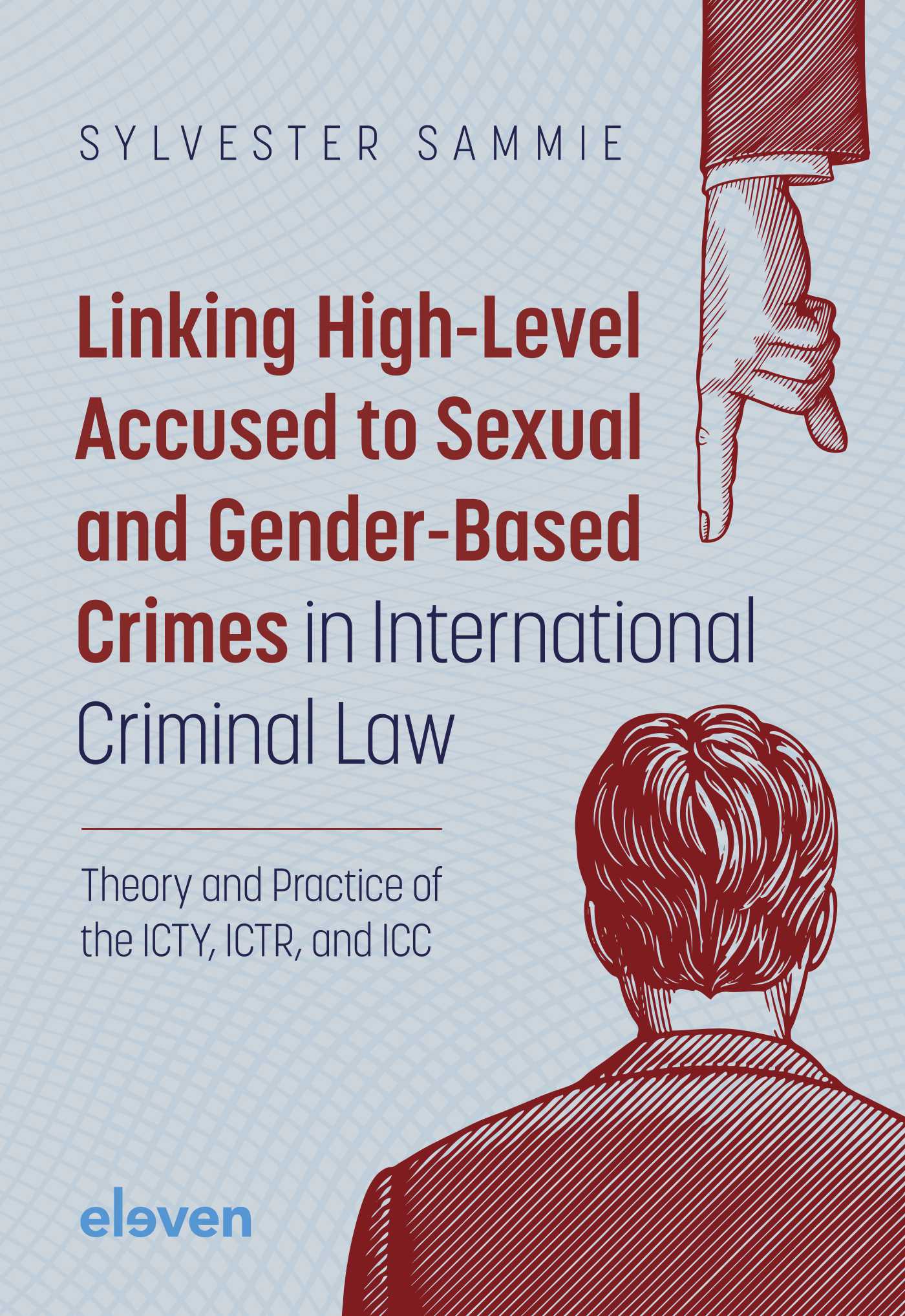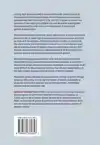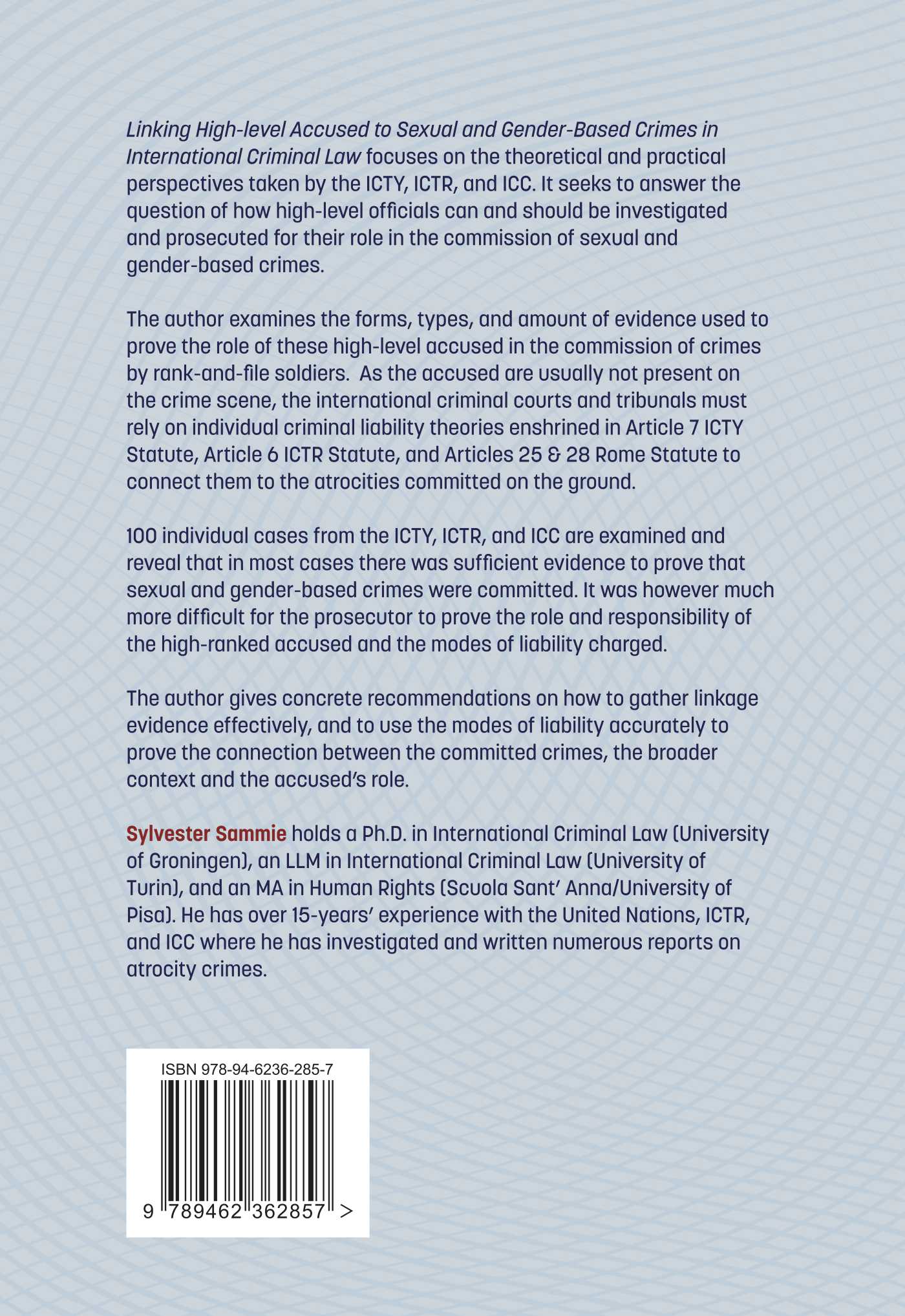- Engels
- Study
- Law
- intern. publiekrecht
- LINKING HIGH-LEVEL ACCUSED TO SEXUAL AND GENDER-BASED CRIMES
SAMMIE, SYLVESTER
LINKING HIGH-LEVEL ACCUSED TO SEXUAL AND GENDER-BASED CRIMES
127,50incl BTW
Vertrouwd sinds 1927
Persoonlijke aandacht en advies
Vanaf 17,50 gratis verzenden NL & BE
Meer dan 150.000 artikelen online
Omschrijving LINKING HIGH-LEVEL ACCUSED TO SEXUAL AND GENDER-BASED CRIMES
Linking High-level Accused to Sexual and Gender-Based Crimes in International Criminal Law focuses on the theoretical and practical perspectives taken by the ICTY, ICTR, and ICC. It seeks to answer the question of how high-level officials can and should be investigated and prosecuted for their role in the commission of sexual and gender-based crimes.
The author examines the forms, types, and amount of evidence used to prove the role of these high-level accused in the commission of crimes by rank-and-file soldiers. As the accused are usually not present on the crime scene, the international criminal courts and tribunals must rely on individual criminal liability theories enshrined in Article 7 ICTY Statute, Article 6 ICTR Statute,and Articles 25 & 28 Rome Statute to connect them to the atrocities committed on the ground.
100 individual cases from the ICTY, ICTR, and ICC are examined and reveal that in most cases there was sufficient evidence to prove that sexual and gender-based crimes were committed. It was however much more difficult for the prosecutor to prove the role and responsibility of the high-ranked accused and the modes of liability harged.
The author gives concrete recommendations on how to gather linkage evidence effectively, and to use the modes of liability accurately to prove the connection between the committed crimes, the broader context and the accused''s role.
The author examines the forms, types, and amount of evidence used to prove the role of these high-level accused in the commission of crimes by rank-and-file soldiers. As the accused are usually not present on the crime scene, the international criminal courts and tribunals must rely on individual criminal liability theories enshrined in Article 7 ICTY Statute, Article 6 ICTR Statute,and Articles 25 & 28 Rome Statute to connect them to the atrocities committed on the ground.
100 individual cases from the ICTY, ICTR, and ICC are examined and reveal that in most cases there was sufficient evidence to prove that sexual and gender-based crimes were committed. It was however much more difficult for the prosecutor to prove the role and responsibility of the high-ranked accused and the modes of liability harged.
The author gives concrete recommendations on how to gather linkage evidence effectively, and to use the modes of liability accurately to prove the connection between the committed crimes, the broader context and the accused''s role.
Reviews
0.0/5.0
Gemiddelde uit 0 reviews
Meest behulpzame reviews
Nog geen reviews geschreven


